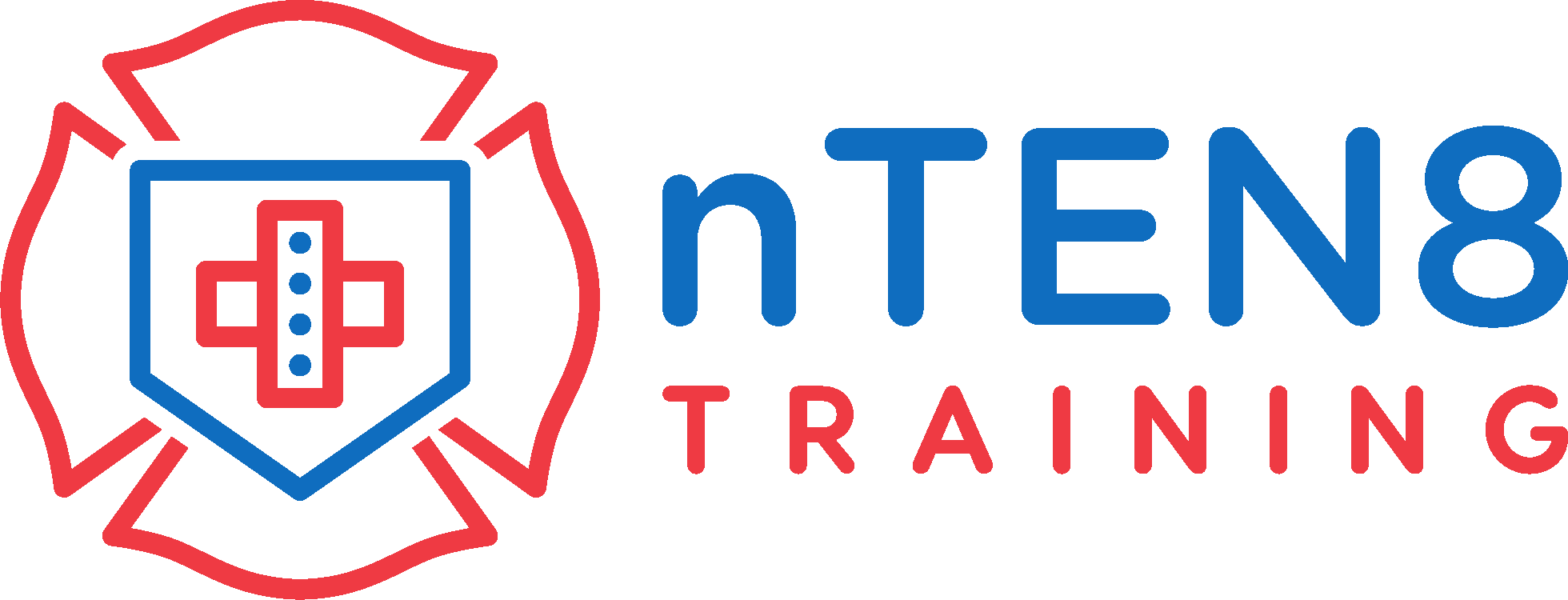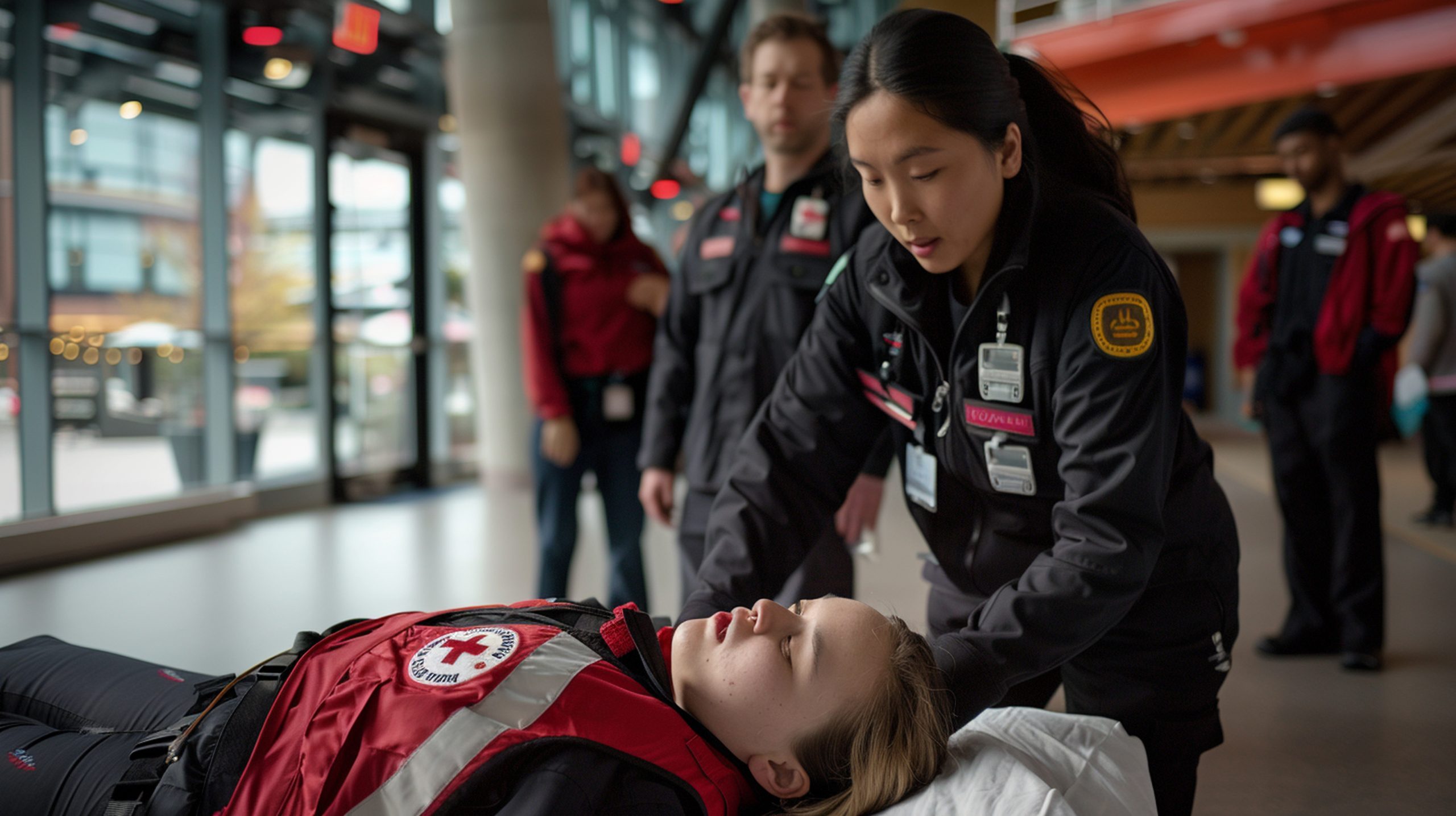Thorough Orientation and Advanced Education: Supervisors receive extensive training covering both fundamental and advanced topics in food safety, empowering them to identify hazards and take preventive action. Real-life case studies are used to enhance understanding.
Putting Strict Safety Procedures in Place: Supervisors learn how to set and enforce strict safety regulations, including conducting routine inspections, ensuring hygienic standards, and holding employees accountable for safety.
Handling Food Safety Regulations with Style: The course emphasizes adaptation and compliance with food safety laws, ensuring that firms not only meet but exceed regulatory expectations. This proactive approach encourages adaptability in managing risks and navigating changing rules.
Overall, the course aims to equip supervisors with the knowledge and skills needed to maintain the highest standards of food safety in the fast-food sector, protecting both the company's reputation and its clients.





